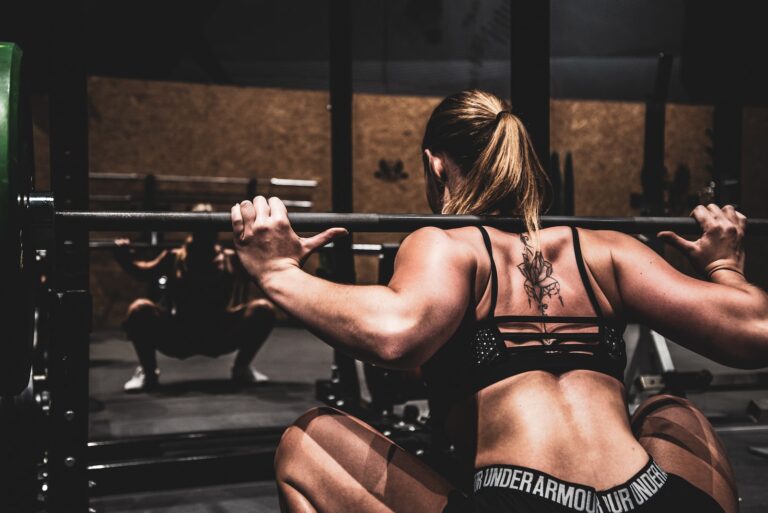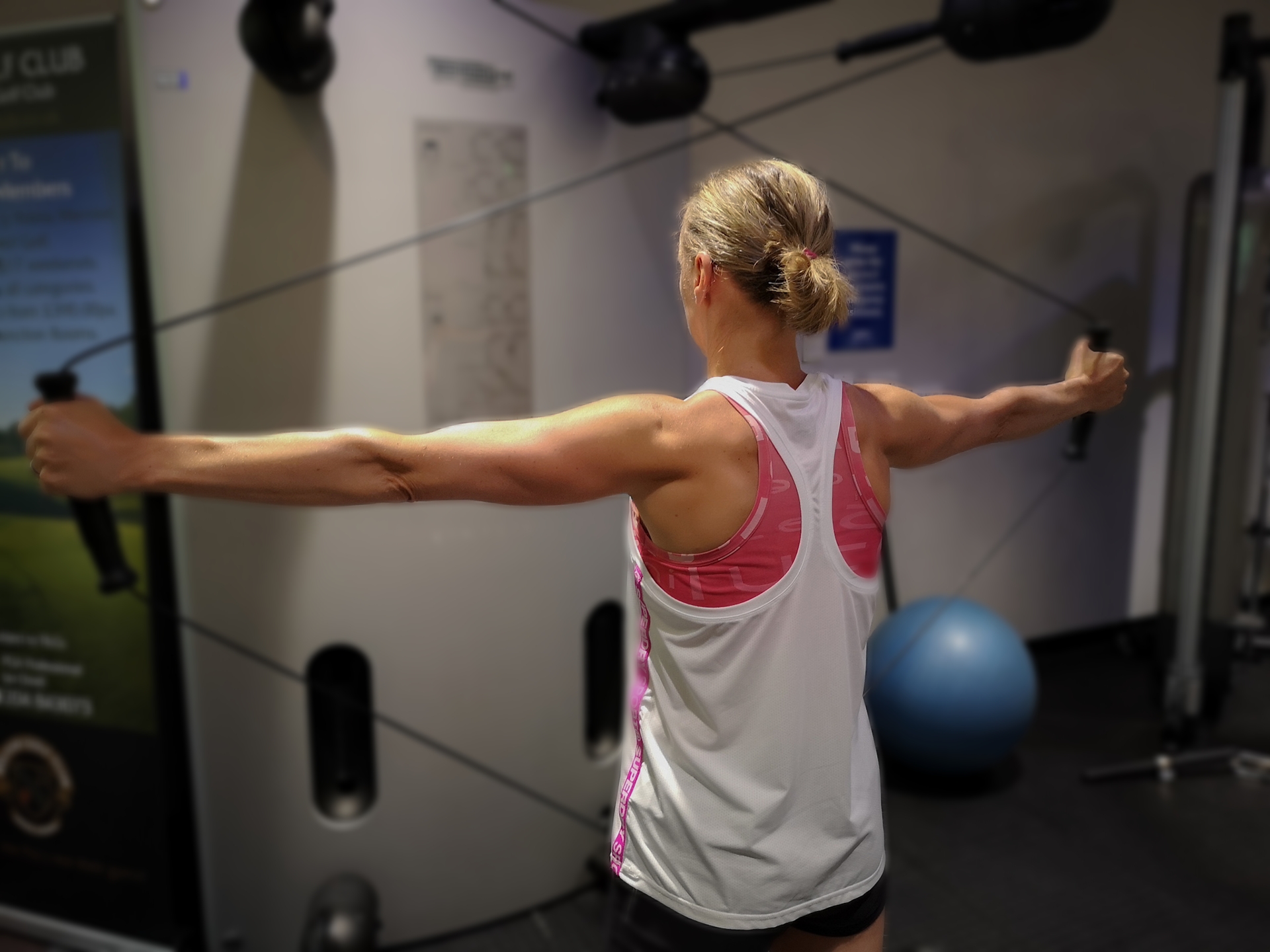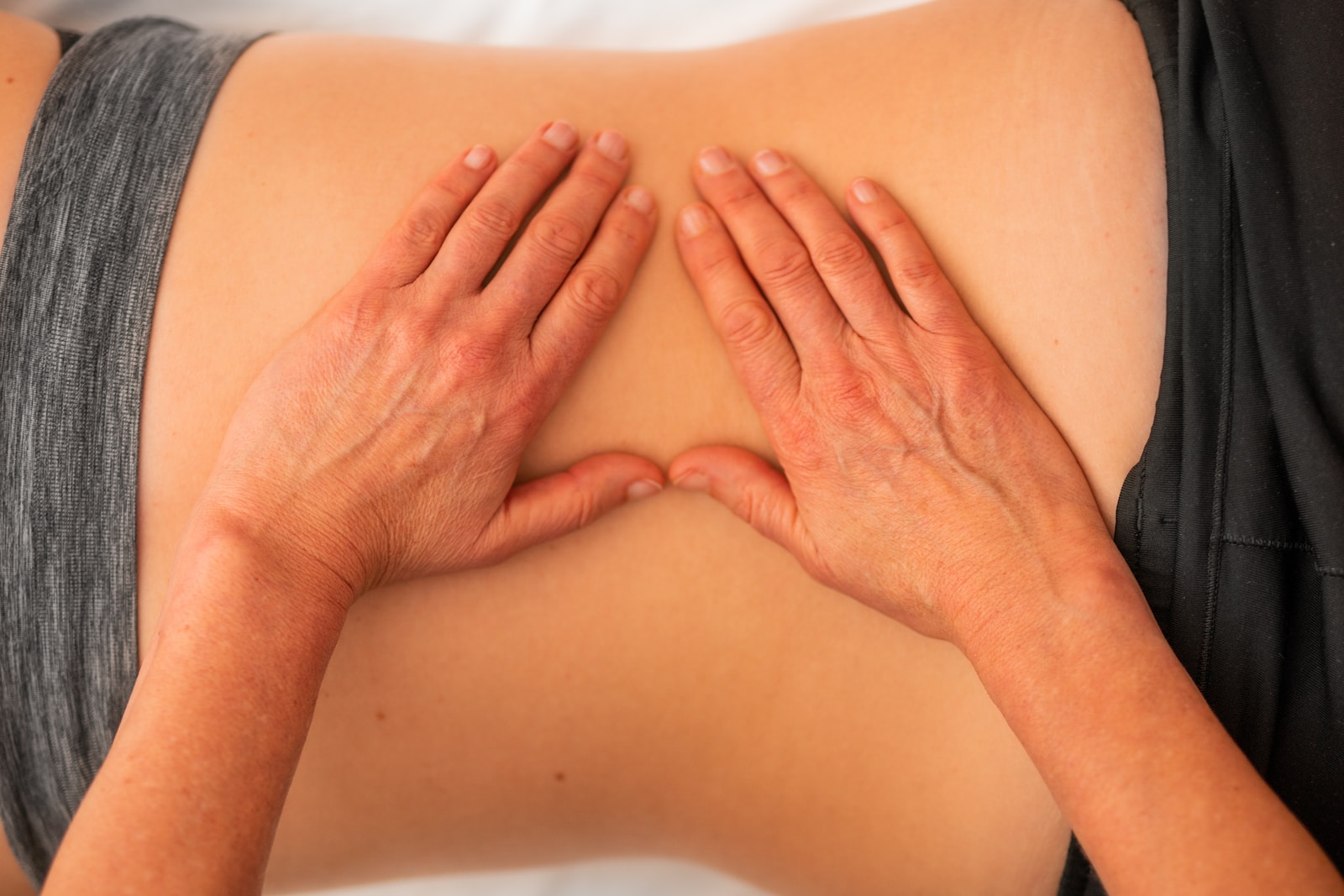is squatting bad for you? Myth Busting and effective training tips
Have you been told that squatting is bad for you? In this short article, our clinician Alex addresses some of the common myths around squatting, and offers some useful training tips.
Squatting below parallel
The ability to get into a deep squat, where your hip crease passes below your knees, can vary based on a number of factors, including ankle range of motion, upper back mobility, and muscular tightness. But, if you’re lucky enough to be able to do that without the extra work, is it actually bad for your knees? This is a question I’ve been asked quite a few times! If you’ve heard this too and want to know whether it’s safe, let’s have a look and see what science says.

Squatting can affect the different structures within the knee in different ways, but scientific research over the past few years has proved that squatting below parallel is not harmful! Ligaments help to stabilise our joints through ranges of motion and are a common area of concern in this subject.
However, the most well-known ligament of the knee, the ACL, is actually under more load within the first few degrees of knee flexion, meaning that the lower you squat, there is no additional strain placed on the tissue and the forces actually decrease as you get lower. Research found that squatting lower can be considered safer due to the change in forces on the joint as we move, and that the ligaments in those who squat regularly are stronger than those who never have!

While a ligament’s job is to stabilise our joints, our muscles can do this too; as you squat lower, hamstrings and quads work together to limit excessive movement at the joint, helping to protect your knee from this stress. Additional movements – rotation, and forwards and backwards translation – of the knee joint are not present when the bending of the knee is loaded, as it is in a squat.
Furthermore, certain levels of mechanical stress on the knee have been identified as beneficial in maintaining cartilage function, as it can help to decrease the rate of cartilage degradation in healthy knees! Squat depth should be determined based on ability, need and previous injuries, and if you feel pain when you squat, it’s worth having a consultation to make sure you treat the cause and get back to pain free movement.
references
Chandler T, Wilson G & Stone M, 1989. The effect of the squat exercise on knee stability. Med Sci Sports Exerc.; 21:299-303 Ciccone, T., Davis, K., Bagley, J. and Galpin, A., 2015. Deep Squats and Knee Health: A Scientific Review. California State University. Li G, Zayontx S, Most E, DeFrante LE, Suggs JF, & Rubash HE, 2004. Kinematics of the knee at high flexion angles: an in vitro investigation. J Orthop Res.; 27:699-706. Salem GJ and Powers CM, 2001. Patellofemoral joint kinetics during squatting in collegiate women athletes. Clinical Biomechanics 16: 424-430.
If you’re struggling with an injury that’s stopping you getting back into exercise, call us on 0800 731 2738 or book online here.
If you need some help designing a program that will keep you exercising, get in touch at https://www.summitphysio.co.uk. We also offer Strength and Conditioning services, including bespoke training plans and 1 on 1 coaching.
For more free tips and information, make sure to follow our Facebook and Instagram pages. We also post client stories, so you can see how we’ve helped people get back to doing the things they enjoy!



